May 2016
If you would like a message when updates are posted you are most welcome.
Please send an email to updates@alittlebitofsunshine.co.uk. Thank you very much.
Goldfinches fly along in front of the car, before veering off into the hedge. Lots at the allotment at the moment too, feeding on Forget-me-not seeds
30th May - In amongst all the beauty horrors lurk!
This week the hedgerows look glorious, with boughs weighed down with May flowers and Elder blossom, and a white froth of cow parsley on the verges like so many lacy petticoats peeking out. Along one of the lanes we regularly drive up, the flowers were brushing the sides of the car they were so bounteous. We often play "Game Pie" here, counting up the number of game animals we see on our journey... rabbit, hare, pheasant, red-legged partridge, wood pigeon... you get the idea. On a lean day we include squirrel too, but despite the number of blackbirds, and the pie in which twenty four were once baked, somehow they lack gastronomic appeal.
But on to the horror. Small but deadly. A couple of weeks back I noticed that several of the white Autumn onions were growing twisty, contorted leaves, so I pulled them out to dispose of. A couple more went the same way, and after a bit of research , it seems very likely this damage is being caused by the Onion Stem Eelworm. This is a tiny creature, about 1mm in length, which lives in the soil and infects the onions, leading to the deformed leaves and ultimately rotten bulbs. There is no cure, and the pest can persist encapsulated in the soil, for about four years without feeding... until another onion arrives on the scene. ARRGGHHH!!! It also seems to infect bean roots and strawberry plants, amongst other vegetables, so if this is the case that section of the bed can only be used for flowers or herbs unrelated to these for the next four years. I have tried hard not to cross contaminate other beds by cleaning the trowel thoroughly after working there, and I can only hope it has not spread elsewhere already. Goodness knows where it came from.
To add insult to injury, there is also now a massive outbreak of Onion Fly, across lots of neighbouring plots, not only ours.The fly is a small grey little thing, which lays its eggs in the wall of the onion leaves, so that the resulting grub can feed in the safety of the hollow leaves until maturity, when it wiggles down into the blub to pupate, damaging the bulb in the process. I have removed and destroyed anything remotely twisty, along with any leaves showing signs of fly damage. There was a huge binful! It does look grim for our onion crop this year, however, and I am planning on growing them under enviromesh next season to protect them from fly attack.
It's not all doom and gloom of course. All the tomato plants are now planted out, here, there and everywhere and I swear they are already taller than they were three days ago. The plants in the minitunnel are thriving too, and I am trying to remember to pinch out side shoots and keep them tied up to their support canes. If I can keep them under control any fruit might ripen more easily come the day. There are certainly plenty of flowers!
I had a massive clear up in the greenhouse: all the pots and trays are now stacked away properly, the temporary staging taken out, three tomatoes planted in the bed, aubergines and indoor cucumbers potted on. Most of the chilli plants are planted out in the giant cloche on #146, and those kept back in the greenhouse are in larger pots. That Alberto Locato Rococco that was overwintered is now in flower. It did set lots of fruit last year so I am hoping for another good crop.
Mid-week we had "shed day" when Abi painted both sheds, and wiggled the new one into place. (He had already made a concrete plinth for it, using lots of the stones dug out of the beds as hardcore) then dug a flower bed around the side, which gave space to set out some of the plants sitting around in pots still -- Monkshood, Chaenomeles, Primroses, a Clematis armandii, some left over Cosmos, a slightly woody looking Thyme and a silver Cineraria. I painted the new wood on the shed door on #146 and gave the cucumber trellis a quick coat of paint... once the brush is dirty... you know how it goes!
The gherkin plants and outdoor cucumbers were planted out very, very carefully. They are such temperamental plants that turn up their toes at the slightest sign of trouble. Even so, one of the Armenian Yard Long plants decided to die overnight. Hope the other one sees sense and stays with us. I planted two Marketmores alongside the Borlotti beans on the blue arch, in the hope they will grow up together. We shall see. At least they have not given up the ghost yet!
Here is Plot 146 now:
And Plot 145 ... here it is back at the end of January, and then now. We worked out that not including time we have been away from home, we have actually been working on it for thirteen weeks. No wonder some days we are both quite tired by the end of the day!!
We haven't harvested anything from #145 so far, but it won't be long now I hope. I checked the radishes today but they are not even nearly read to eat.. The weather is warm enough, but we are a bit short of rain right now so I need to make sure they get enough water or they will start to be woody or run to seed.
And just look what Trixie the Pearl Leghorn produced last week: three double yolker eggs in a row! And very nice they were too. I guess it is because she is still a very young hen. All her chook friends are still laying daily, and are enjoying their chance to explore the "green" area adjoining their coop. I was most impressed that they all put themselves to bed when we were left in charge, and quite glad they didn't need bribes to encourage them in. What good girls!
23rd May - Life's simple treasures
Those of us of a certain age may remember this, written by Jan Struther (1901-1953) as a hymn. When I was at school it was one of those texts we were set for handwriting practice and then to illustrate for display. She seems to have had this time of year in mind, and it acts as a timely reminder that no matter how busy we are, we should take time to enjoy Nature's beauty all around.
Treasure
"Daisies are our silver,
Buttercups our gold;
This is all the treasure
We can have or hold.
Raindrops are our diamonds
And the morning dew
While for shining sapphires
We have speedwell blue"
We are nearly there!
All the veg beds on #145 are now dug and potatoes, drying beans, peas, onions, purple sprouting broccoli, savoy cabbages, Brussel sprouts, turnips, radishes, rocket, lettuce, chick peas, tomatoes and marrows are all growing away. Some of the beans are even twining themselves around the poles now. That only leaves the squashes, which are still being hardened off at home, and will be planted out later this week.
On #146 there are mangetout, climbing french beans, runner beans, Wizard beans, chard, lettuce, potatoes, onions, shallots, garlic,calabrese, pointed cabbages, kohl rabi, parsnips, carrots, courgettes, borlotti beans, peppers, watercress, beetroot and radishes, together with tomatoes, golden mangetout and spring onions in the mini tunnel. Chillies are ready to be planted in their giant cloche, cucumbers in their sheltered spot and that will be all the beds filled.
The tray of leeks (to follow the first early potatoes) and the kale seedlings (to follow the second early potatoes) can go down to the small coldframe on #146, and the remaining tomatoes all have their new homes sorted. Instead of growing them in a block edged with french marigolds this year, I have decided to plant them individually for a change. The cosmos, Indian marigolds and asters are all planted, leaving a tray of zinnias for the pots in our front garden. Abi has planted up the "alpine" pots ...and very good they look too.
We shall actually be able to sit on the benches in our garden at home, and use the table too: trays of plants have been on them for weeks, and it is so good to have our garden back again instead of it looking like a nursery. It has all been a bit frantic, but we are nearly there now!!!!!
Saffron update:
-
Our saffron corms
-
The Saffron leaves have died down now and so this week I dug up the corms. My blog friend Beryl, from mudandgluts, gave me a large handful of immature corms last year and I planted them in a temporary spot until a permanent home on #145 was ready. Some of them are huge and there are lots of offsets, as you can see!! I hope some of them flower at the end of the Summer -- I'll let you know.
-
What saffron crocuses look like in flower
Aphids are everywhere, and the ladybirds and bluetits are very well fed right now! It is a shame aphids cause such damage, as they really are amazing creatures. Did you know that those wingless females can produce up to five offspring a day for about a month, without mating? (This is called parthenogenesis) If conditions become too challenging, some females grow wings and set off for pastures new , to start all over again
Towards the end of the year some males do develop and mate with females, which then lay eggs to overwinter, although with very mild winters, some females also overwinter and get off to a rapid start in the Spring.... like they did in my greenhouse!!
There are lots of different aphids, of all sorts of colours, usually names after the plants they inhabit. Fortunately there are many, many predators who relish them, or we would be knee deep!
I have not grown chickpeas before, but a 10p packet of seeds in the end of season sale last year persuaded me to give them a go. They were sown in modules in the greenhouse at home a month ago, three to a module. They germinated within ten days and steadily grew their ferny foliage. They remind me a bit of vetch plants. They were described as "self suporting" but peas I have grown like that have always ended in a tangle without sticks, so I have given them a little help along with some twiggy sticks around them. These will also keep off the voracious pigeons of course, which has got to be helpful.
A hot Summer seems to be forecast, so hopefully there will be a crop at the end of it!
And to finish -- some photos!
16th May - Doorways to the Faerie World?
The flowers of the Hawthorn tree embroider the hedgerows now with their five-petalled starriness, a sign that Spring is well and truly here. It was always thought unlucky to bring cut branches of May flowers indoors, despite it's beautiful scent, as the tree was believed to be a threshold between the faerie world and our own, especially if Oak and Ash trees were growing nearby. The May tree is steeped in magical history, the most well known being the Holy Thorn of Glastonbury, which flowers on Christmas Day to mark the day of Jesus' birth. It is said to have grown from the staff of Joseph of Arimithea, who came here in 37AD after Jesus' crucifiction. Whether you believe any of these stories or not, we can all revel in the glory of the May blossom every year, lining our roads and fields.
Another reliable flower in our garden and in the hedgerows this month is Arum, also known by many other country names, such as Lords and Ladies, Jump-up-Jack and Cuckoo Pint (rhymes with mint) all of which seem to have a referral to the phallic appearance of the central spathe within a cowl.
Weeds, Weeds and more weeds!!!
The two days of heavy rain this week, combined with high temperatures, have encouraged the weeds to grow too fast to keep up with. The plants on #145 were almost swamped with thistles, fat hen, speedwell and groundsel, while on #146 the poor old onions found themselves sharing their beds with unwanted company! It has taken three days of hard work to unearth the plants again from underneath this abundance of weeds, but at least it provided a lot of soft green material for the compost bins.
As you know, our plan is to have green paths on #145, and on the plus side, two sections do seem to be mainly grass already, but the rest are a mixture of weeds with very little grass. I have taken out as many thistles as possible, one at a time, drawing out their long tap root slowly and carefully. as any broken pieces left behind grow into new vigorous plants. If only there was a tasty recipe to use these roots, as there was a very large pile! They are certainly not going into the compost! Not quite sure what the best way forward is...maybe transplanting chunks of grass from elsewhere like a jigsaw of turfs perhaps?
The rain and sunshine did encourage the Wizard beans into flower though and the carrot seedlings can actually be seen from a distance of about five metres now! The turnips radishes and rocket sown last week have already germinated. Really pleased about the Easter Egg radishes as that seed was several years old.
How I grow radishes
I have had a couple of emails asking me to outline how I grow radishes after last week's photo ... and thank you for saying they looked good enough for the Great Allotment Challenge. Wow!!
Anyway, there is no trick to it, so here goes:
1. Take out large stones from the soil, break up any lumps and rake in a sprinkle of Blood, Fish & Bone. If the soil lacks organic matter, add some leaf mould or old compost from a grow bag for example
2. Make groove/drill about a centimetre deep and water it well. When the water has soaked away, water it again and leave it to drain
3. Sprinkle seeds about a centimetre apart. This is not crucial as you can always thin them out if they are really close together after they have germinated
4. Pull the dry soil from the sides over the top of the seeds, and tamp it down lightly. You want all the seeds to be in contact with the soil, not suspended in air pockets. This dry soil acts as a seal to keep the moisture in. Leave them alone! Label them of course.
5. I don't bother watering them again until I see a row of double-kidney shaped seed leaves. If you really must, water using a very fine rose on the watering can and soak, not sprinkle.
6. I water them twice a week once they are up, and start to pull them to eat as soon as I can see round "shoulders" at the base of the leaves.
7. If you have issues with slugs, then take appropriate action before they scrape the surface of the roots. Little holes in the leaves are usually due to flea beetles, and if this worries you, cover the row with some debris netting after you have sown the seeds, propped up to a suitable height with an inverted plastic bottle or a brick on its side etc. The radishes in the photo last week were grown in the mini-tunnel, which seems to be free of them.
And that's all there is to it. I hope this helps ... if you need help that is!
This week in the mini-tunnel:
-
The last four tomato plants are now ensconced in the mini-tunnel: Yellow Pear, Blush, Chocolate Cherry and Sungella. I have tried to make sure their supports are really secure this season, by tying them firmly to the framework, as every year so far they have slumped somewhat mid-season and the plants have ended up in an untidy tangle. The Purple Teepee French beans have started to grow beans. Ridiculously excited given their tiny size!
-
The mangetout plants are flowering well now... can't wait to be able to eat some! These are the Kent Blue peas. The flowers turn pink quite quickly in the extra warmth, but when they are grown outside stay dark blue for much longer. Dave from allotment-garden forum kindly gave me some seeds a few years ago, and as they are reliable and come true from saved seed, are now a "must have" every year
Next batch nearly ready to plant out:
In order to get the plants raised in the greenhouse or on the windowsill ready for the rigours of the plots, we spend a couple of weeks carrying them outside for the day, and back in again at night. In this way they have time to develop the components in ther sap that help them withstand more challenging conditions, although if they are not hardy plants, they will still not be frost proof of course!
This week the various beans, chickpeas, peppers, chillies and tomatoes have been in and out like the proverbial yo-yo. Night time temperatures suddenly plummeted to around 4°C. Remember those Saints of Ice? Well they were two days out this year, but close enough to heed the warning of frost this week. In this area we escaped, but others were not so lucky. But ..... tonight the beans are staying out!! It'll be good to get our garden benches back as seating, rather than as places on which to rest trays of plants, and even a table to rest a glass upon soon too!
Changing season - Changing butterflies!
There are still a few of Peacock butterflies around, and of course white ones too, in good condition.The Brimstones and Small Tortoiseshells ae looking very tatty now though, and hopefully these have laid their eggs as their time is limited.
Different butterflies take their place as Spring moves on:
-
Holly Blue butterflies are numerous right now in our garden. They are particularly interesting in that the Spring brood lay their eggs on holly, but the Summer brood lay their eggs on ivy. This one is a male: the females have a wide dark margins to their upper wings
-
We have left a lot of Jack-by-the -Hedge aka Hedge Garlic in our "butterfly food area" as Orange Tips lay their eggs on its seedpods. Female Orange Tips also have these mottled green undersides to their lower wings, but lack the orange markings of the male.
-
Speckled Wood butterflies often live in woodland clearings, and have their own little territories which the males defend by fighting on the wing. They also live in our garden, and it is difficult to imagine that their fluttering dance together is actually a battle!
-
Strawberries on the way!
There have been enough cold nights for the strawberry plants to develop plenty of flowers. After the rain this week, I mulched the bed with part rotted woodchip to help retain moisture and to keep the berries clean. Previously I have used straw, but it is usually pulled out by birds, is messy to get out to clean up at the end of the season and seems to harbour slugs, so this year I am trying something else.
PS - Freeebie!
Kitchen Garden Magazine are giving away Mustard seeds with their June edition. After the success we had with them over last Winter and into Spring, they are on the list again for sure... and now I won't need to buy any.
Can't believe we are planning next year's crops already!!
9th May - The Return of the Devil's Birds!!
Screaming through the sky, the Swifts returned from their jaunt in Africa on exactly the same date as last year, 4th May. It is always good to see them, a sign that Summer is truly on the way. These first birds won't breed in our area, but are heading off further north. "Ours" will be here any day now! For years we had a pair that returned to nest in the point of our eaves, successfully rearing chicks that duly headed off to sunny climes with their parents in late Summer. Their nest was actually inside the attic, attached to the wall, and seemed to be made of grass stuck together with saliva. One year a chick fell out of the nest and into the attic, much to the excitement of our cats, who stared at the attic trapdoor wit anticipation for hours.I managed to rescue the chick, and took it to a local wildlife rescue centre, where after keeping it overnight to make sure it was uninjured and not still in shock, they releasing it.
Swifts spend their whole adult life on the wing, unless they are incubating eggs or feeding young, and the release strategy was to gently toss the bird into the arr from an upstairs window! Luckily it managed to fly first time. I guess that is how they leave the nest, so it is probably less risky than it sounds.
Towards the end of the Summer large flocks of them scream though the skies, geting ready for their journey south, often low enough to fly between our house and our neighbours... amazing acrobats! Their screaming, is how they became know as the Devil's birds. One of my favourites regardless!!
Always worth a try! The out of date squash seeds I sowed last week have germinated, Yayyy!!! Sweet Dumpling and Hooligan now need space somewhere on one of the plots. As they trail quite well I am thinking they can grow up one of the arches, or maybe over the fence of the nettle enclosure, or maybe even both!
All the other numerous and varied seeds germinated, together with those pale green and yellow pattypans. I had hoped to be able to give some of these plants away but it seems everyone had the same free seeds as me, so... I must try to pick them small as then we shall eat lots more than if we leave them to grow huge. At least that's the plan!
The great greenhouse shuffle continues. The courgettes, cucumbers and gherkins are all now potted on, and of course take up far more space than before. They are certainly growing apace too... new leaves are unfolding almost as we speak. This week those squashes will need their own pots too of course, and I have nowhere to put them unless I suspend them from the rafters. The beans have all germinated, even the extra tray of French beans for our daughter, and so cannot sit under the staging any longer. Their journey to the great outside will be beginning this week for sure.
I have boldly planted four tomato plants in the mini-tunnel on #146, trusting to luck that no cold nights are in the offing now. They immediately looked happier as their restricted roots relaxed into that lovely rich soil. Their siblings are still in the garden though, poor things.
The radishes are just gorgeous, and we have come home with a bunch most days this week, and the Purple Teepee French beans have their first pretty flowers open.. the very warm weather has really helped everything along. It was 27°C yesterday, which was plenty warm enough when you are digging, thank you! In fact it has been so hot this week we have had to water a bit, as the soil was very dry even two inches down, and the new fruit trees were starting to wilt.
The apple trees are resplendent in their pink and white blossom, and there seem to be plenty of bees buzzing around the flowers, so hopefully fruit will follow. I haven't forgotten my resolution to thin the fruit more rigorously this year, and from the looks of the amount of blossom thinning will be even more essential than usual!
I moved the self sown nasturtium seedlings today, so that they now have the best chance of growing unhindered. They are such a high value plant. covering areas with gay abandon, providing leaves and flowers to add to salads as well as seed pods to pickle. Some people think that they attract white butterflies away from cabbages, but whereeas both Small White and Large White butterflies happily lay their eggs on nasturtium leaves, I always net brassicas, with a gauge small enough to keep butterflies out. Those sneaky Small Whites can fold their wings and wriggel through anything over half an inch!
And a net needs support, because if it rests on the leaves, butterflies poke their pointy little bottoms through and lay eggs on the leaves anyway!!! So today I put together a home made brassica cage, created out of old metal bunkbed rails (given to me by my neighbour a while back), canes and cable ties. With the edges weighted down with planks, it is both butterfly and pigeon proof.
Yesterday we ate the last of this year's Purple Sprouting Broccoli with our roast dinner, and today... I planted out the new plants. Given that they will be in the ground for a year, they had some chicken manure pellets to get them off to a good start, with more to follow at regular intervals. These plants grow large, and will need staking at some point to stop them blowing over. Six plants will be more than enough, and so there is also plenty of space for six Brussels Sprouts plants (Trafalgar) and six Savoy cabbage plants, as well as sowings of White MIlan Turnip, Rocket and Radishes. All of these are in the brassica family so keeping them together seems a good idea, These crops will be ready to harvest before the space is needed by the growing broccoli etc, so makes good use of the space too.
Over on #146, where there were gaps in the Calabrese rows thanks to a vole chewing through the stems of some of the plants, Greyhound cabbages now fill the space. The Purple Top Turnips and Khol Rabi from the seed tapes are also under that net. Although germination was good with these last two, it seems very odd having turnips six inches apart. The tapes were free, but these particular ones I would not buy to use again. Sowing seed is easy!
And just look who was sitting by the site gate! Happily munching away was a very young rabbit, not in the slightest bit concerned at how close we were!
2nd May - Did you roll in the dew yesterday?
Folklore says the dew on May Day can magically ensure beauty for the coming year, so I hope you were all up at dawn to at least wash your face with this elixir! Goodness knows what you would do if it was a frosty morning. I know we British talk incessantly about the weather, but it has been worth a conversation or two this week alright: there was frost, glorious sunshine, freezing winds, snow flurries and hail stones. All in one day!! The Red Moon frosts burned the potato shoots as I could not earth them up any further, the newly potted-on tomato plants wilted in the heat and driving rain and winds flattened plants in the garden being hardened off. Confusion on all sides.
Parsnip seeds have the reputation of being temperamental, and difficult to germinate. Some people go to great lengths to try to improve their chances, but to be honest I find that sowing them a little later .. this year 5th April.. helps a lot, as does creating a fine, dark soil which warms up well. Here they are this morning, almost a month later, heads up!
Remember the seed tapes? It does seems strange having the seedlings so far apart at this stage. Even more odd with the carrots as I am so used to seeing a veritable forest of leaves, but no thinning will be needed. I shall miss the carrot thinnings though as they are tasty little additions to salad. Later this week I shall sow some seed of Autumn King 2, and hopefully they will give us some thinnings in a few weeks' time. I sat and carefully hand weeded the carrot rows, a painstaking task but well worth it as the tiny carrots then have no competition for nutrients or water anf should grow on well. One advantage of the seed tapes is that all the carrots are in precise rows and so anything growing outside of this line is not a carrot and is therefore a weed. I usually umm and ahhh over this job for ages, trying to decide if a long-leaved weed seedling is a carrot seedling that somehow got out of line. Easy peasy this year!
In the greenhouse it been all go: tomato plants sown on 23rd March are now in five inch pots, whilst those huge Yellow Sunrises are being duly carried in and out every day in preparation for them being planted out in the mini-tunnel on #146 soon. There are some "additional temporary residents" belonging to my friend Lesley who is away for a month working in Australia. These are now in three inch pots and look as though they will be decent sized plants by the time she returns.
The cucumber seeds sown last week were up in five days, and this morning even two of the Kiwano Jelly Melons have germinated. I have never grown these before, so am not sure what to expect... I'll let you know! I was shocked to see that one cucumber plant would cost £2 at the garden centre today. When you start adding up the value of the plants in your greenhouse, it comes to a surprising figure. Not that I would actually have bought all these plants really of course, but you know what I mean.
The great chilli and pepper plant cull is finished, After the aphid attack following our holiday, lots of plants had twisted and deformed leaves clearly not up to the job of being a leaf, and so I decided that rather than nurse sickly plants with hardly enough space for them all anyway it was a bit of a no-brainer, so I hardened my heart and only kept those that were thriving. As you can see from the photos below, that is still quite a lot of plants!! Some are destined as gifts, some to hanging baskets or larger pots but the majority will go to the plots for the Summer. They are currently aphid-free. I wonder for how long?
More sowing of course. A tray of mixed climbing French Beans for our daughter, who is just starting with her new veg beds, chickpeas and mangetout for us, as well as a range of squashes, four each of: Uchiki Kuri, Munchkin, Winter Golden Hubbard, Flat White Boer, Lady Godiva and Kakai. These last two have "naked" seeds ie no hard seed coat, so should be easier to prepare the seeds for eating, which I am looking forward to.
I also sowed four each of Hooligan and Winter Dumpling, but the seed is three years out of date so it is taking a bit of a chance, but nothing ventured, nothing gained. Adding to the courgette style summer squashes are four each of Yellow Scallop and Pale Green Tint, as the seeds were free. If all of these grow then our daughter may regret saying she would have any plants of anything I didn't want!! Squash City here we come!
I cut the grapevine in the greenhouse right back the year before last, as the rods were very old and woody, and infested with scale insects that I did not seem able to shift. The plan is to allow two rods to grow along the slope of the roof, half way up on either side, in the hope that this will allow enough light for tomato plants to grow in the Summer.
The ripened growth from last year is flowering already, and tiny grapes are forming. I must try to remember to thin these out as they swell
And now a Chook Babe update. They have really grown in size and all the original four are now laying regularly. All their eggs are different colours, which is quite exciting for their owners, and double yolkers arrive from time to time too!
Poor Geri had a near death experience with her first egg. She was in a state of total collapse, all as a result of small but very hard egg, which eventually appeared, thank goodness. She seems to have recovered well, although
her next egg must be due soon if her pengion-like waddle is anything to go by. A careful eye is being kept on her! And Margo is a naughty girl who thinks it is a good idea to sit on top of the nest box every day. TIme she started laying, that might give
her somehting else to think about . Lots of nestboxy-type noises from her today I've been told, so it might not be long now.
They do love the kale plants that we uprooted from the plot, and I am sure that they will be just as keen on the Purple Sproutng Broccoli plants, which are coming to the end of their production soon. I might grow them some more pea shoots too!
Thought you might like some photos:
Work on the plots is on-going of course. The sad remains of last year's Oca crop is now in the ground in #145. Let's hope the rats don't find them over here!
We had some conifer plants languishing homeless in our garden: two topiaried yews that had seen better days and two "dwarf" types that outgrew their space in troughs, so they are now planted near the back gate of #145, and very nice they look too! STrimming the long grass has made a real difference too, as thi ngs look a bit less untidy.
It seemed warm enough to take the fleece tunnel off the French Bean plants in the minitunnel on #146, and much to my surprise some of them have little flower buds growing already!
And finally, if anyone recognises this wood, please will they contact me via the email address at the top of the page please? We collected it from the allotment site, where a tree cuting team had left some wood, but it's indentification has so far remained a mystery.
Thank you for reading all this!!

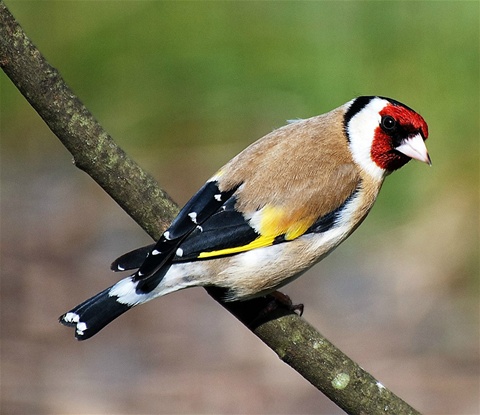
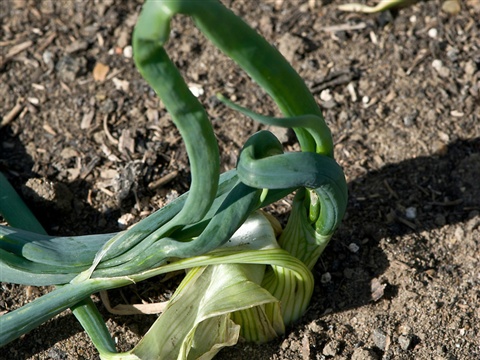
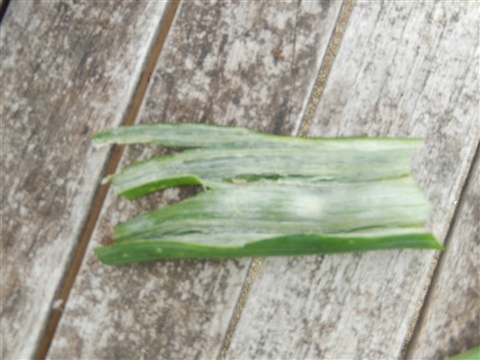
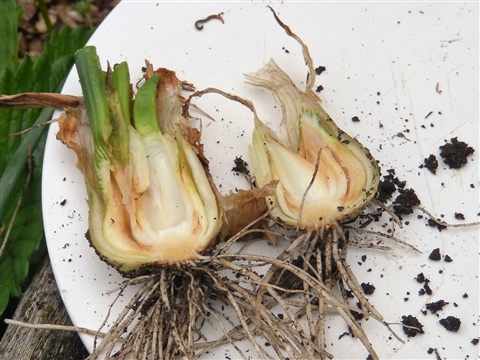

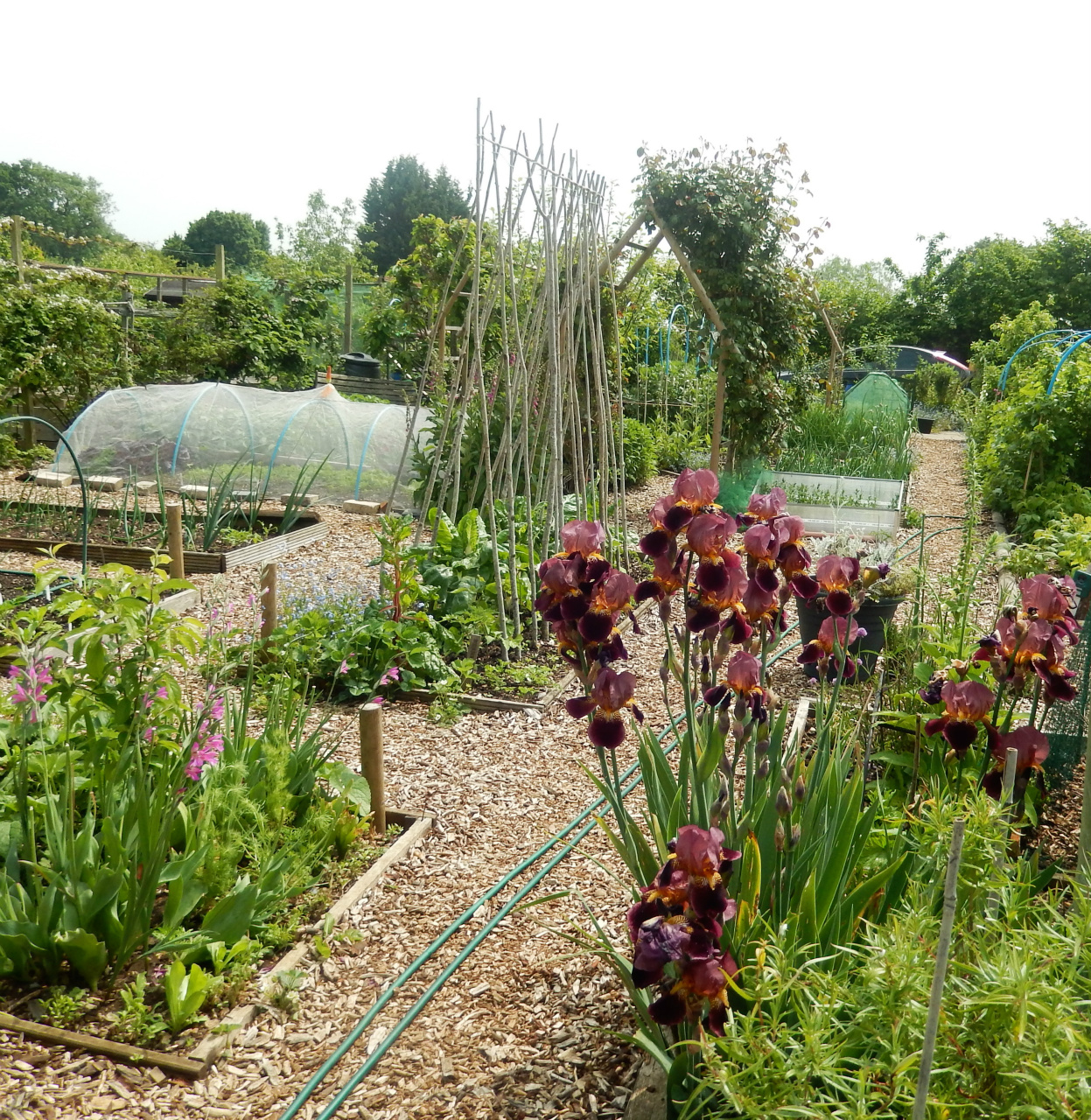
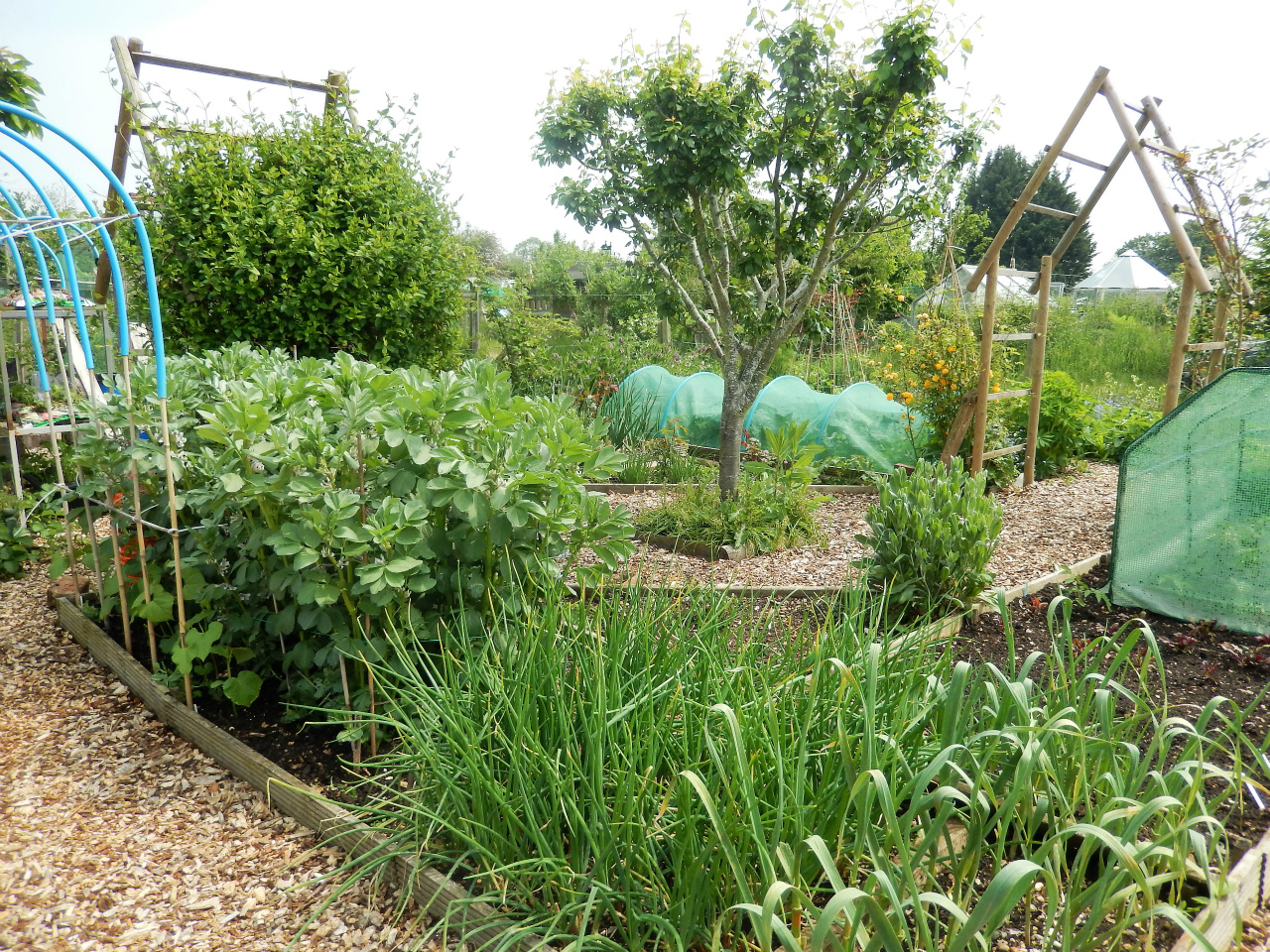
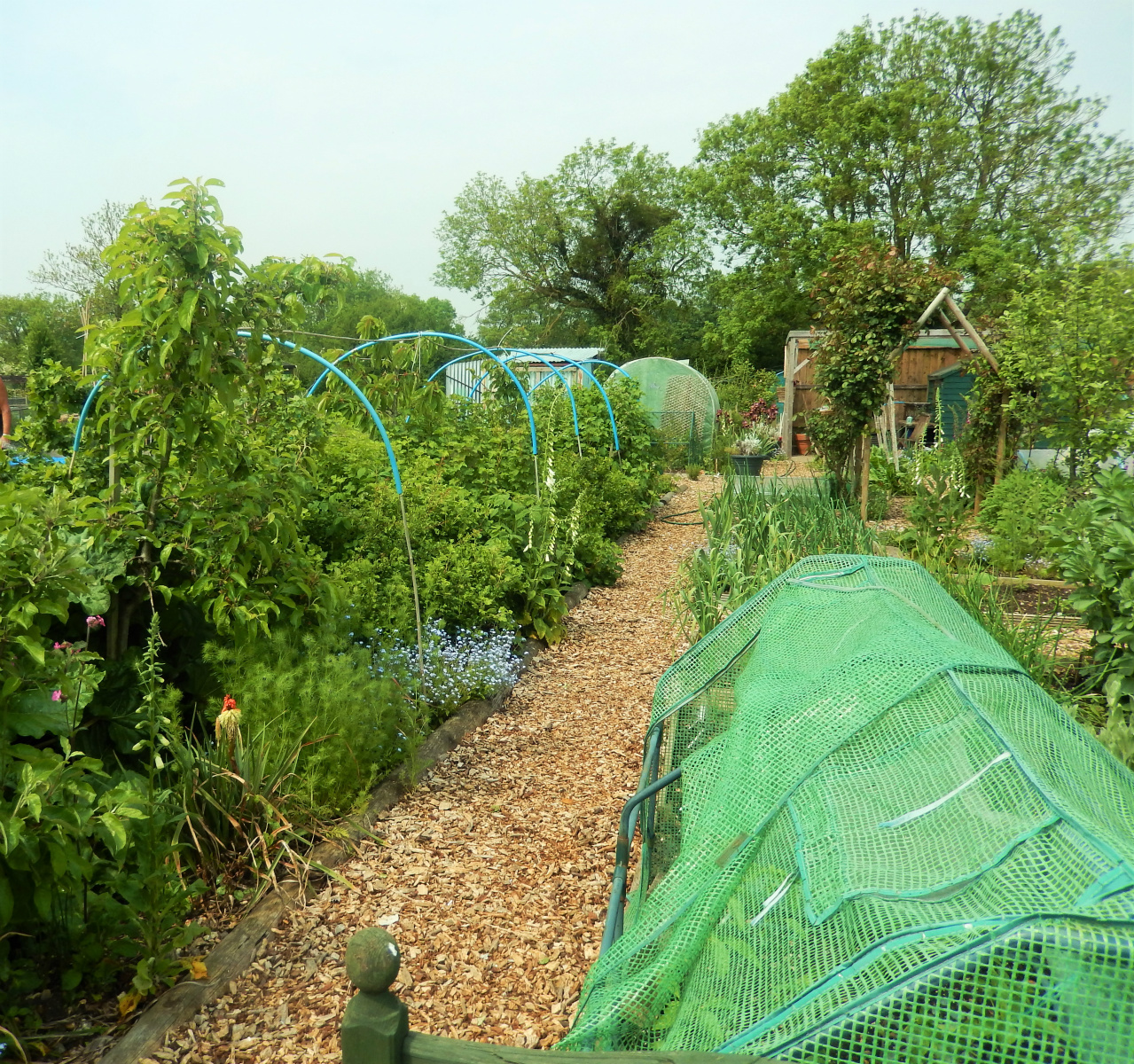
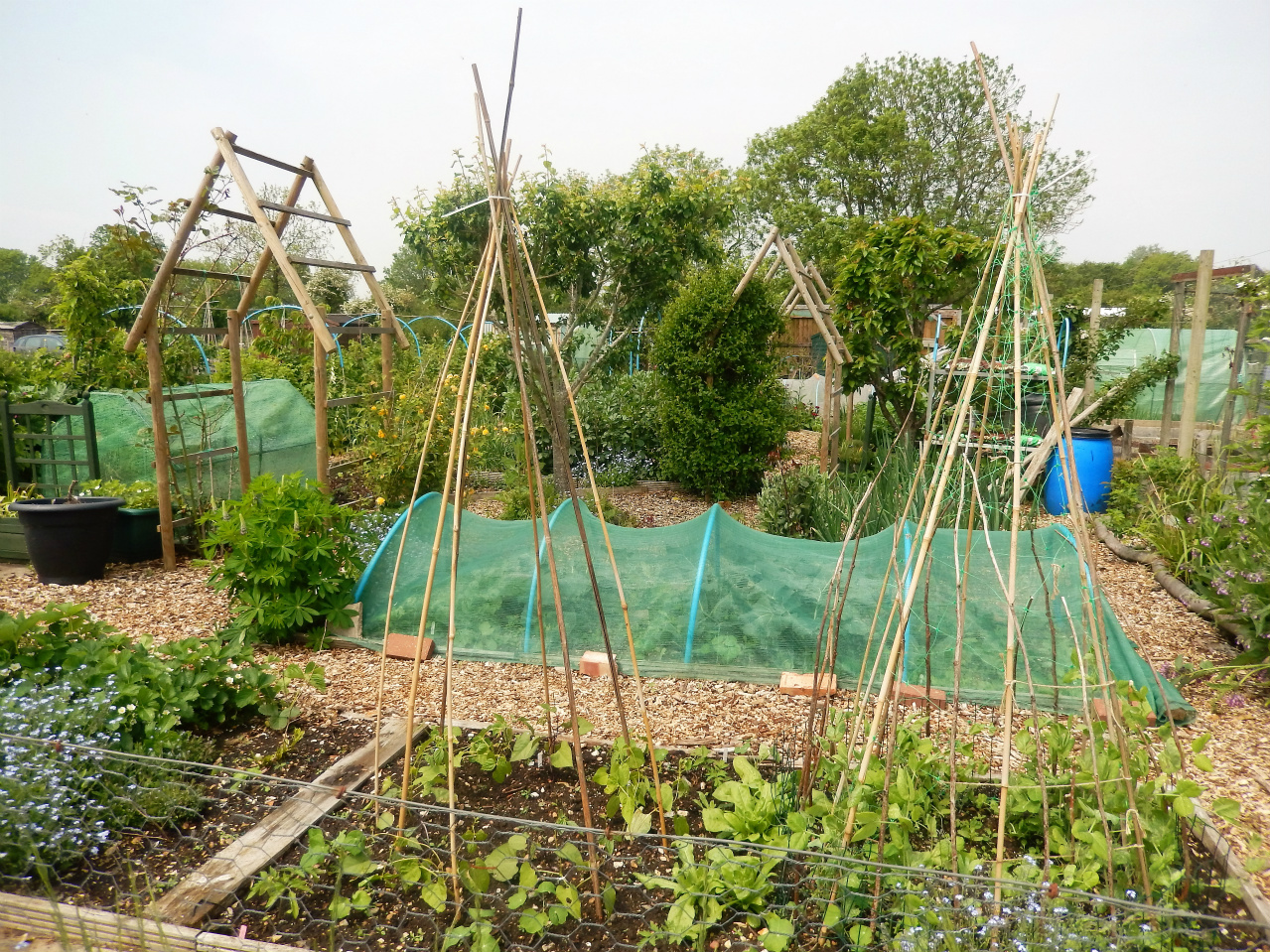


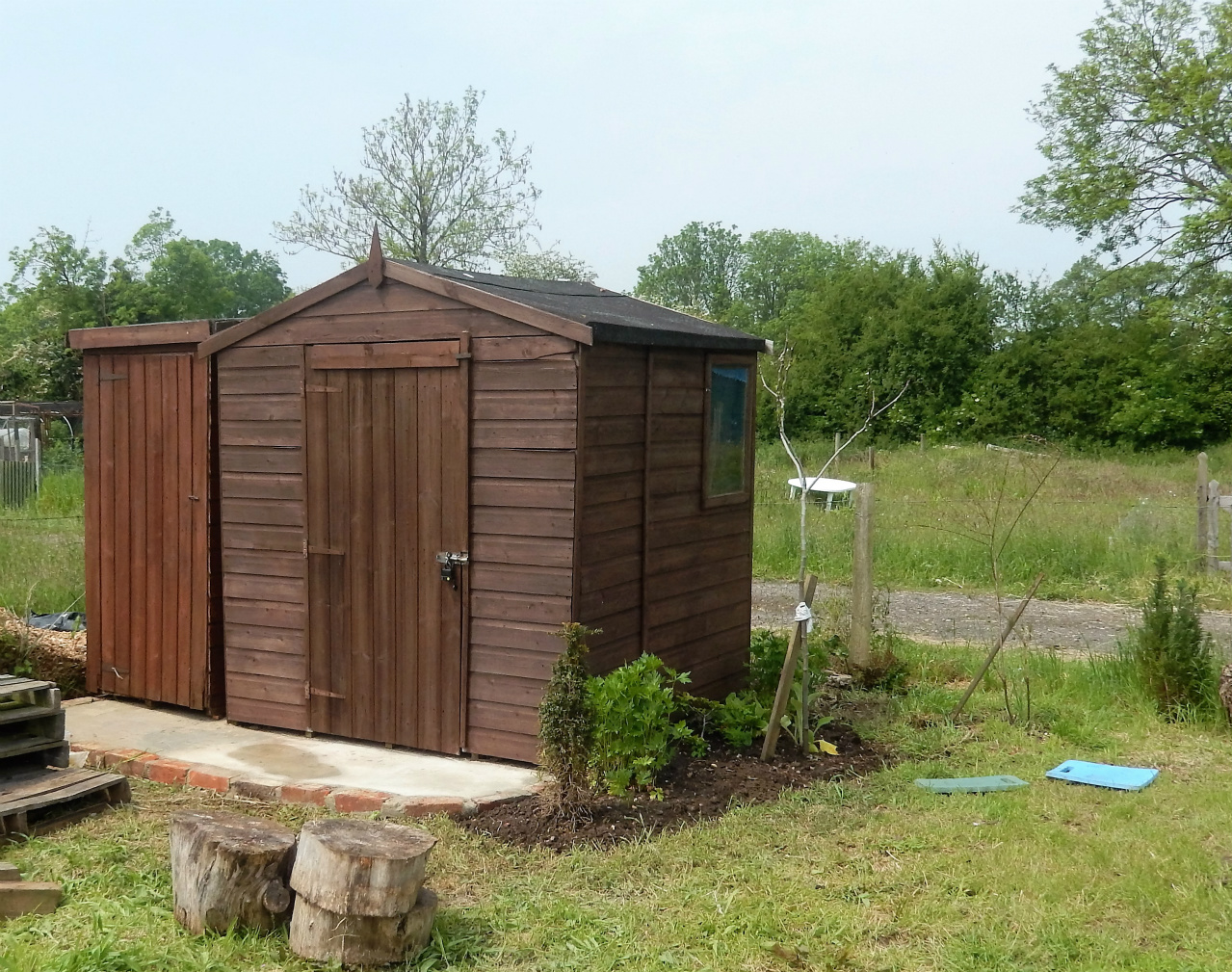
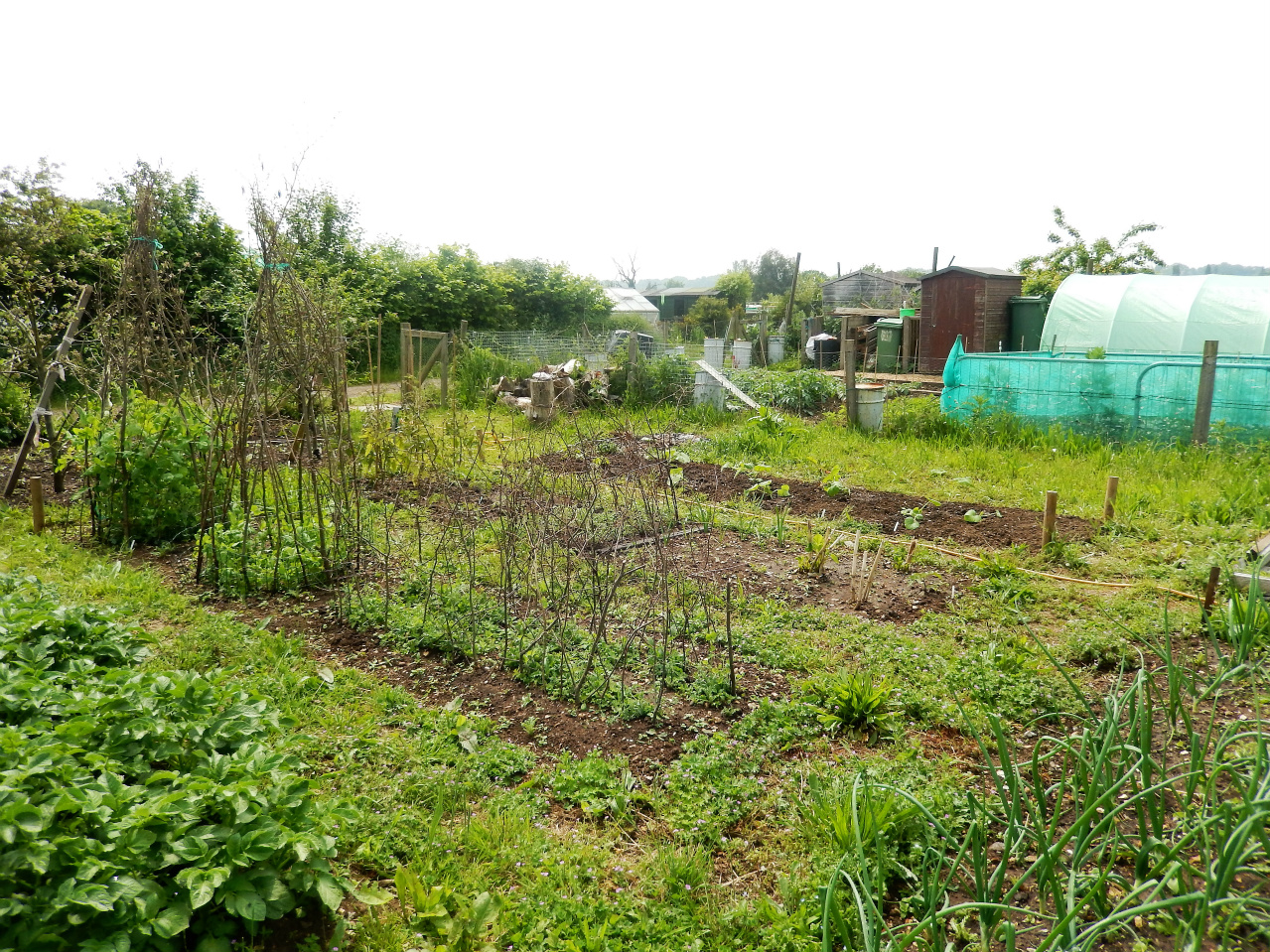
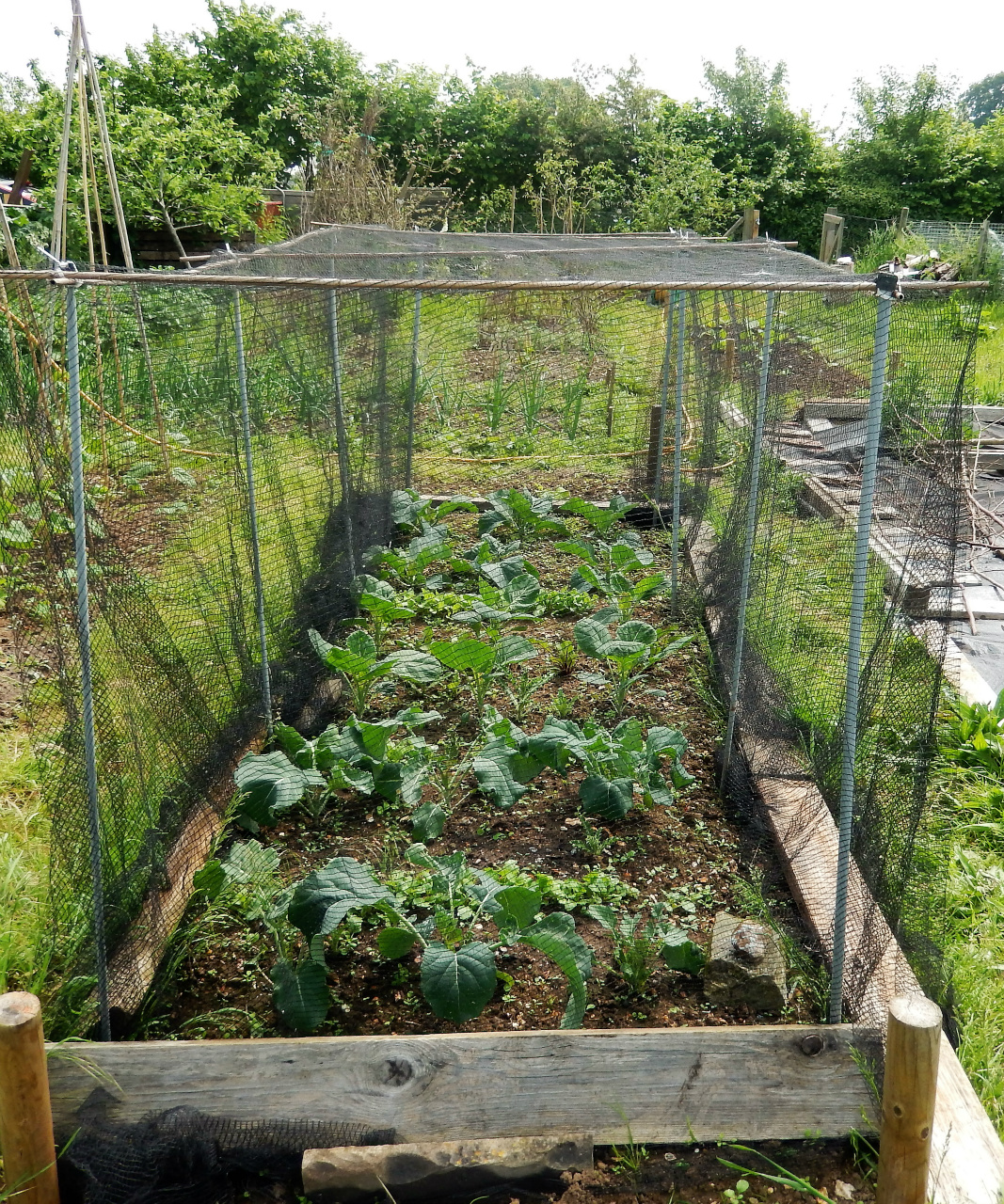
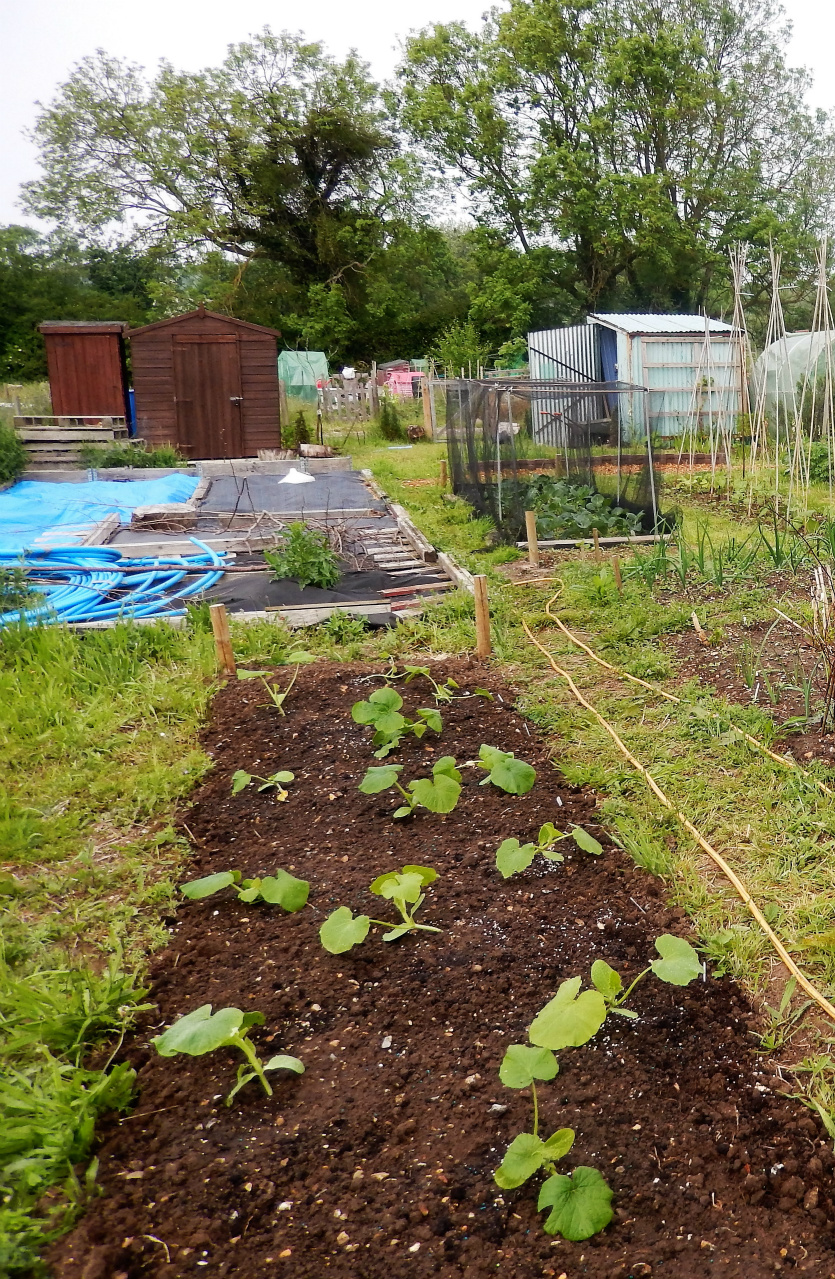


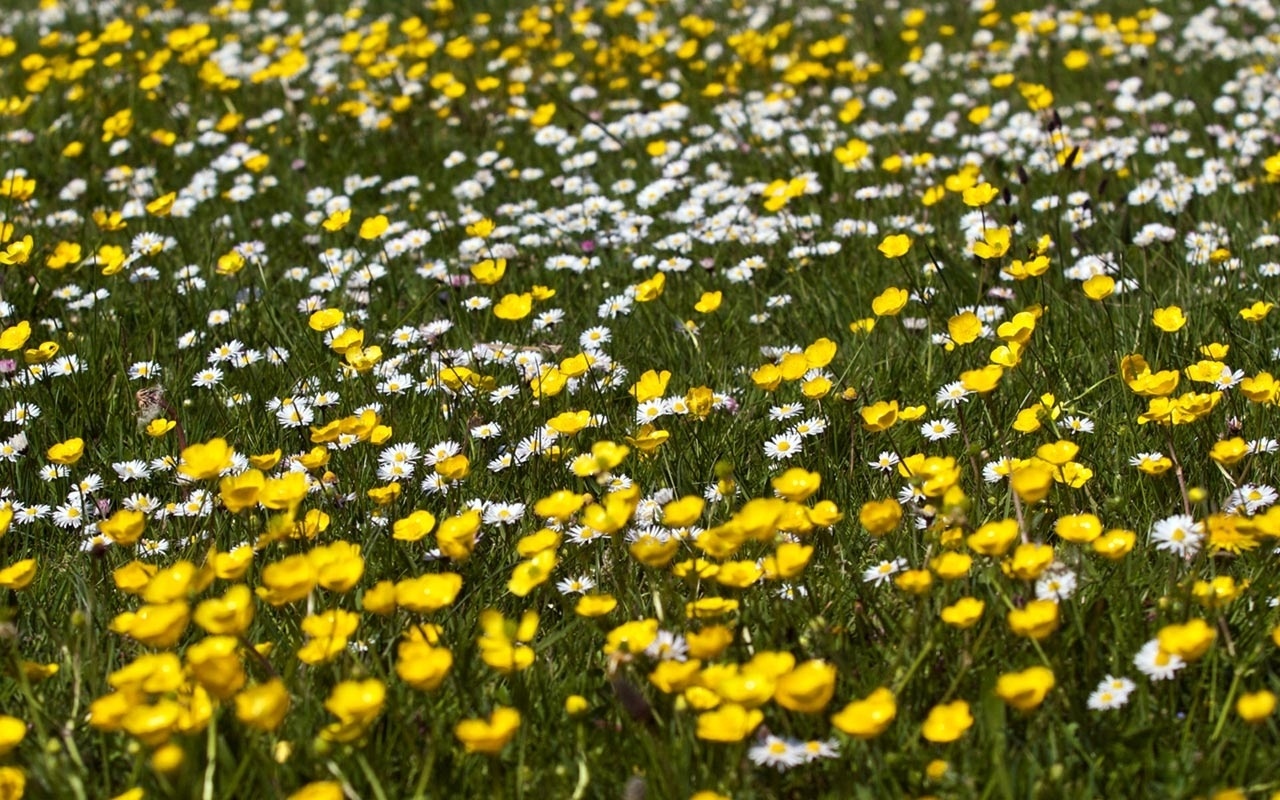

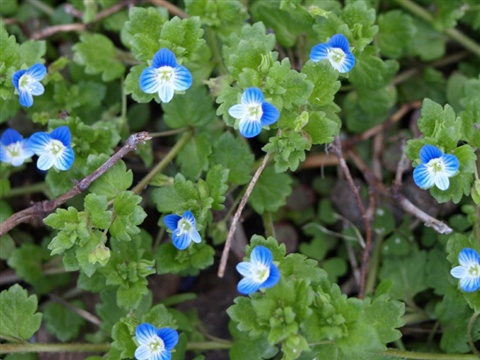
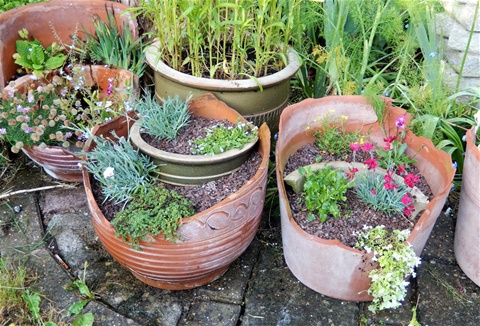
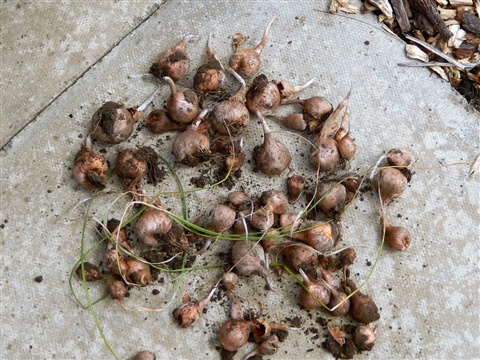
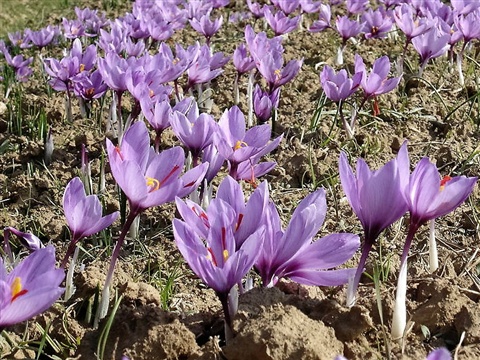
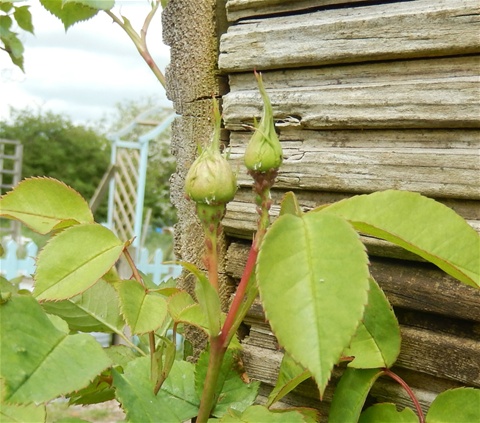
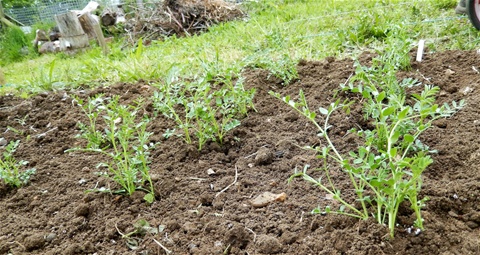

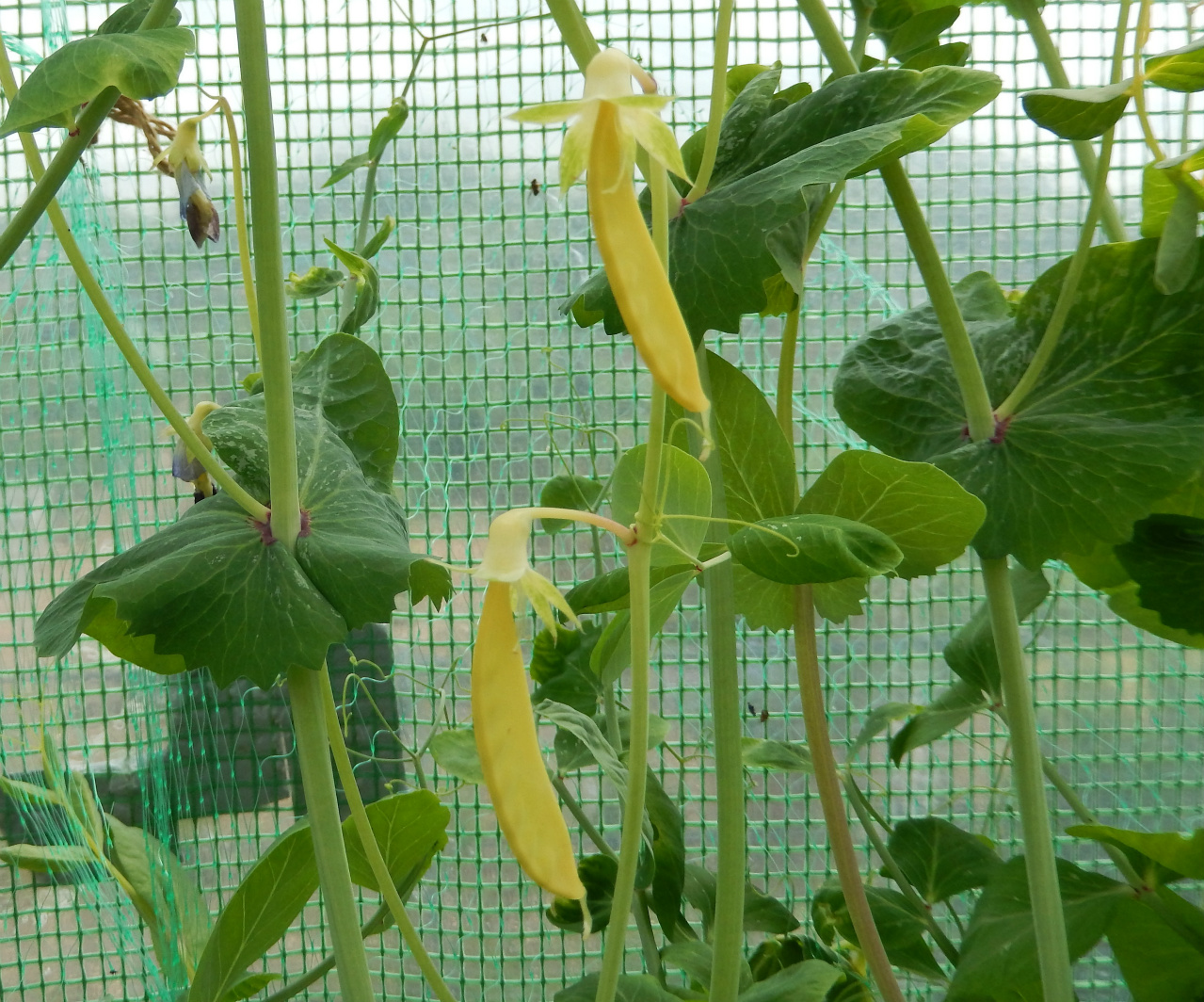

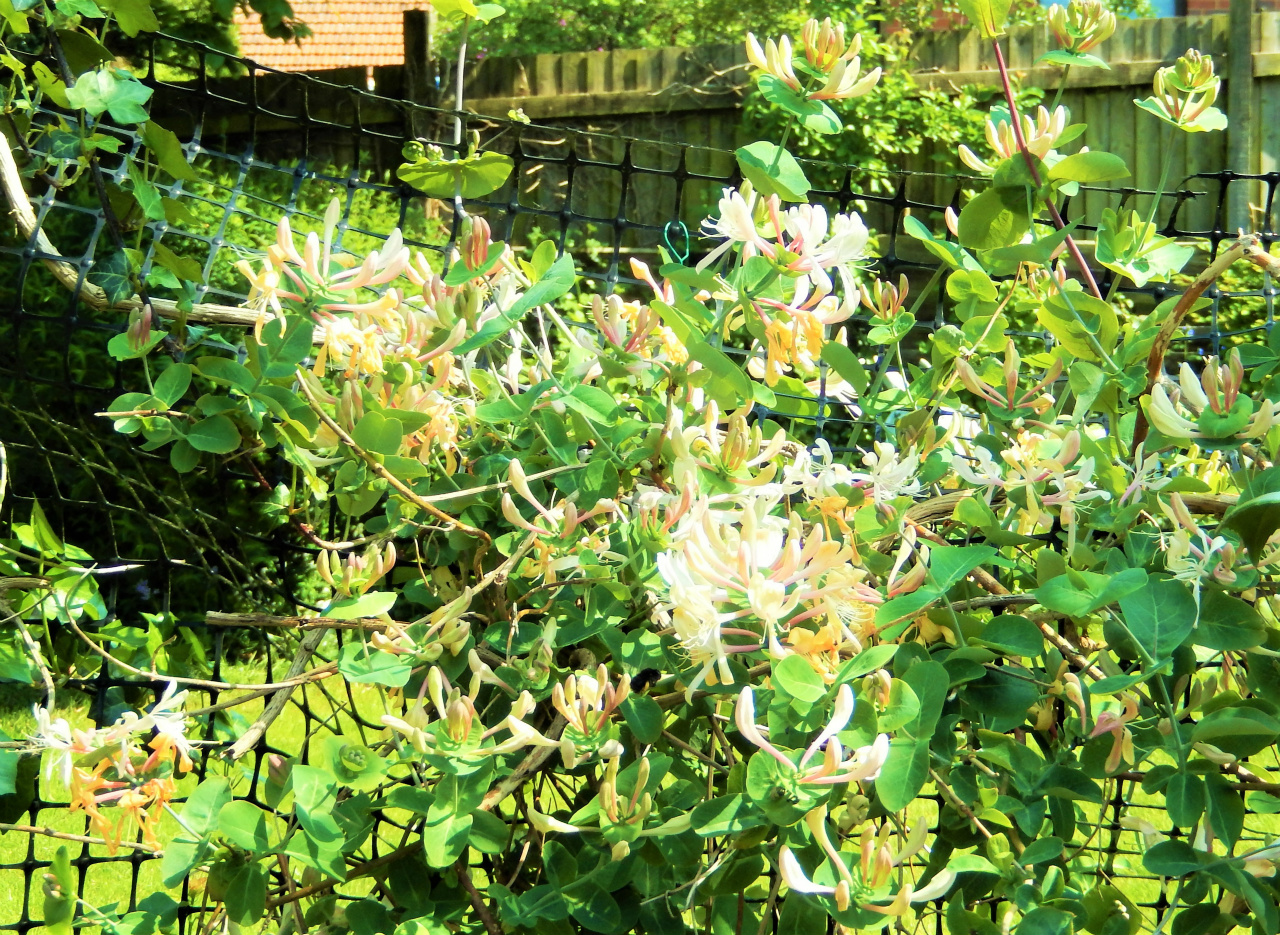
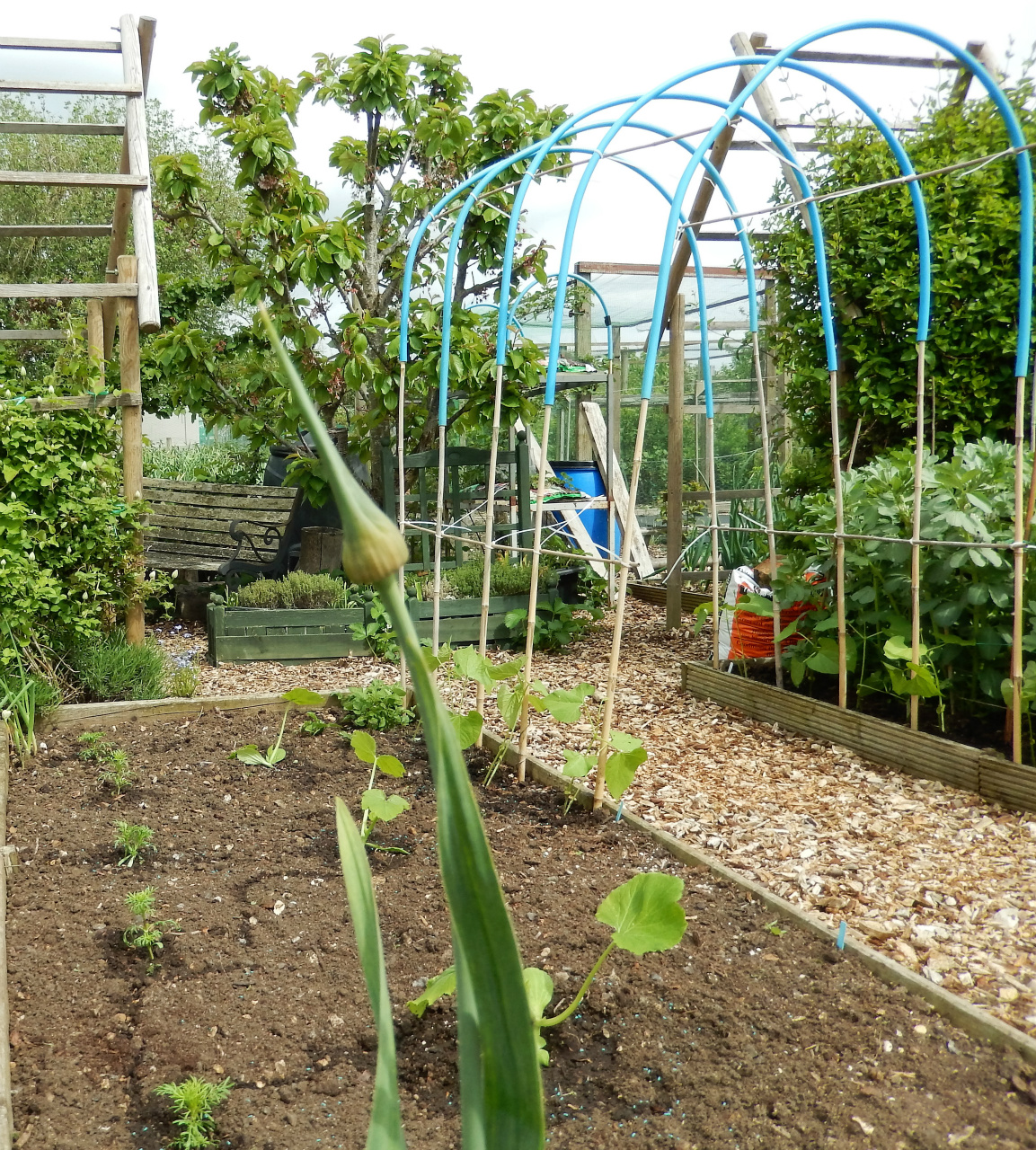

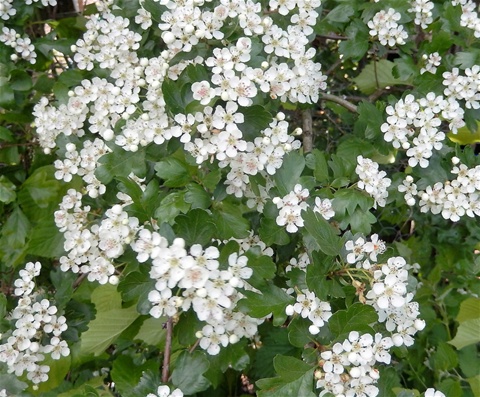
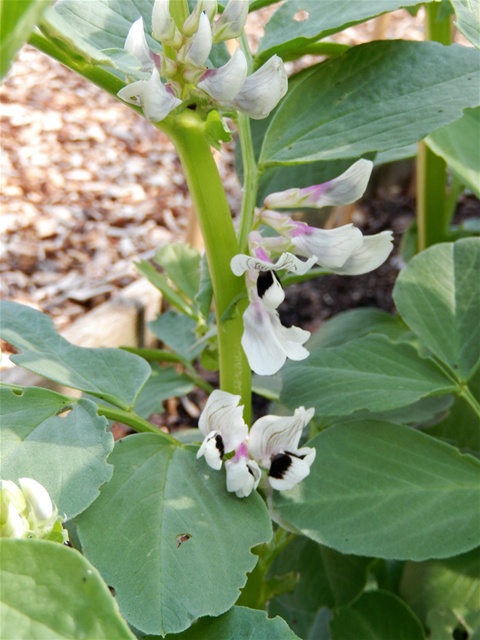

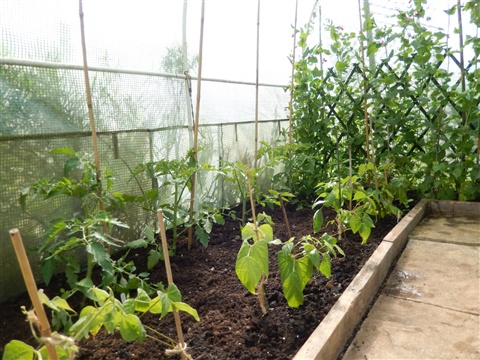


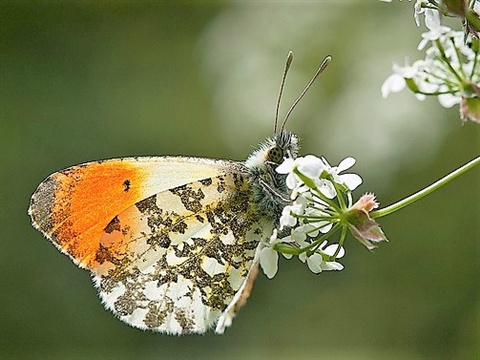
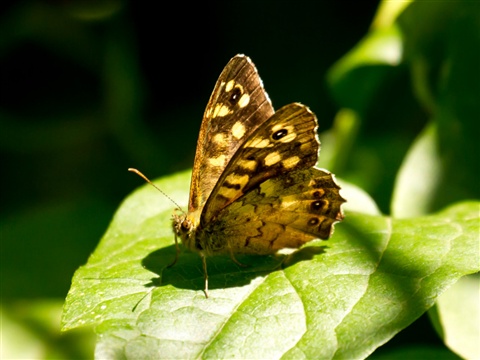
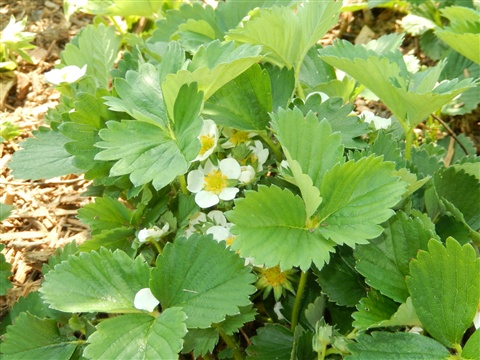

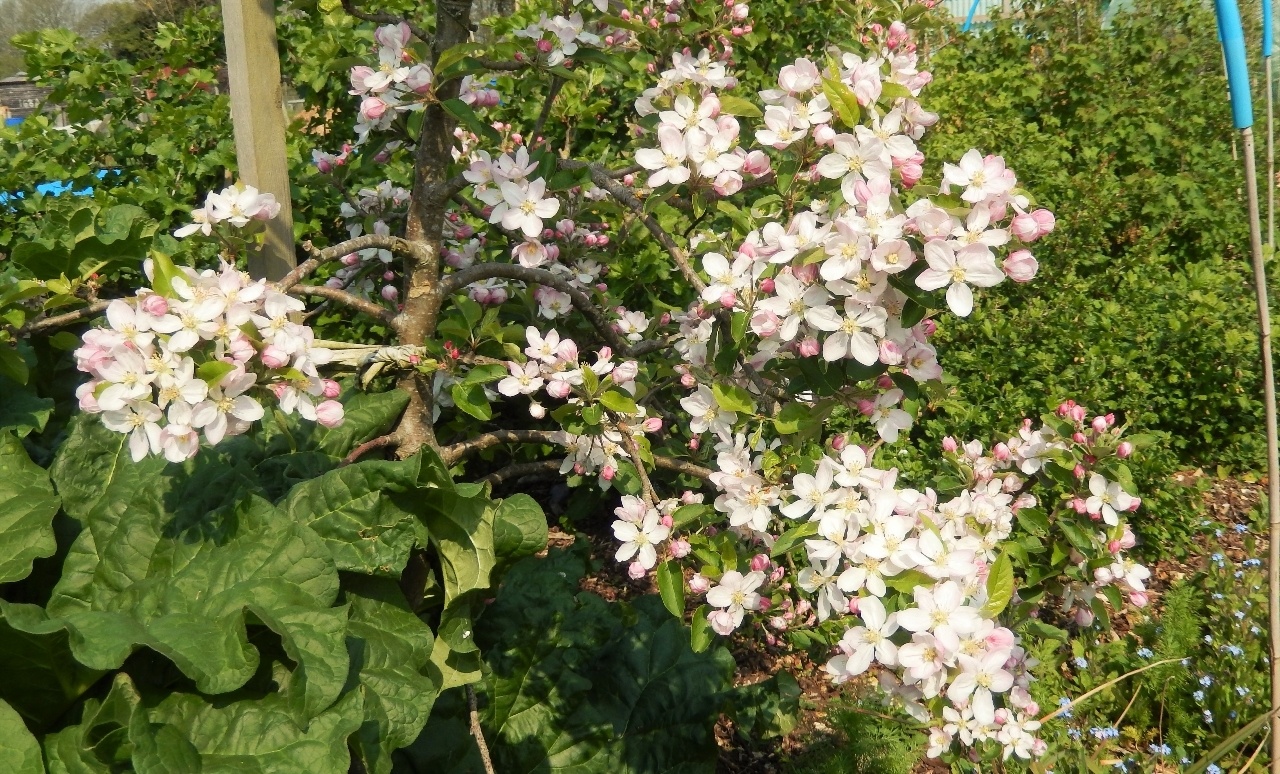

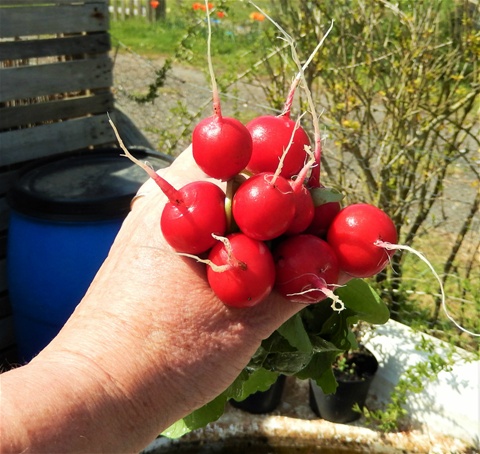
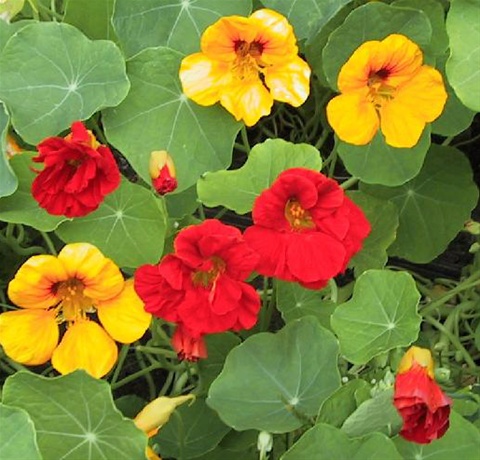
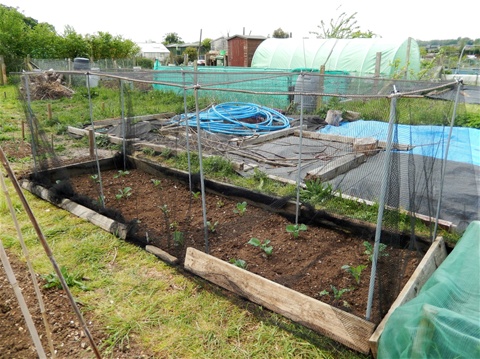
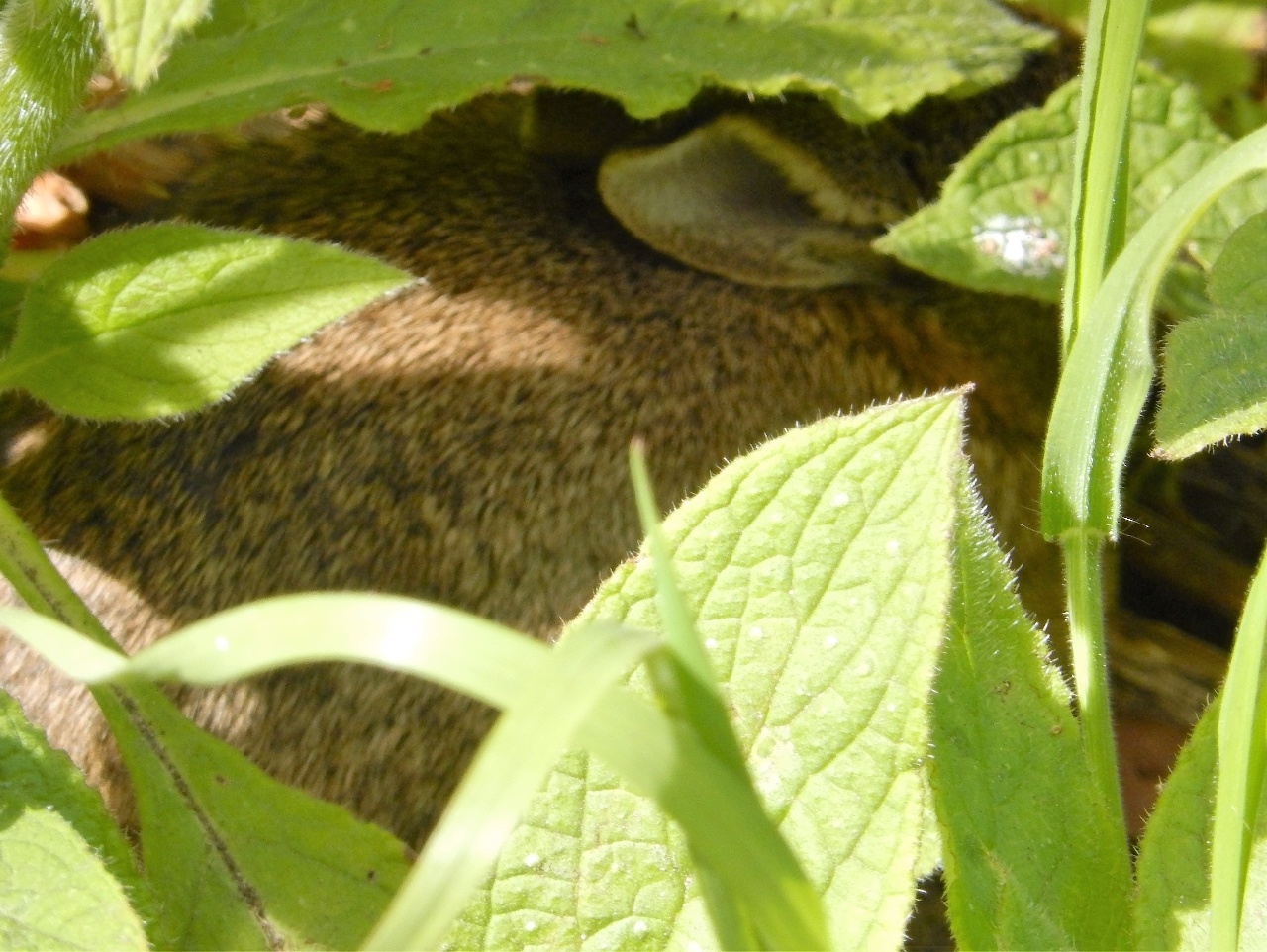
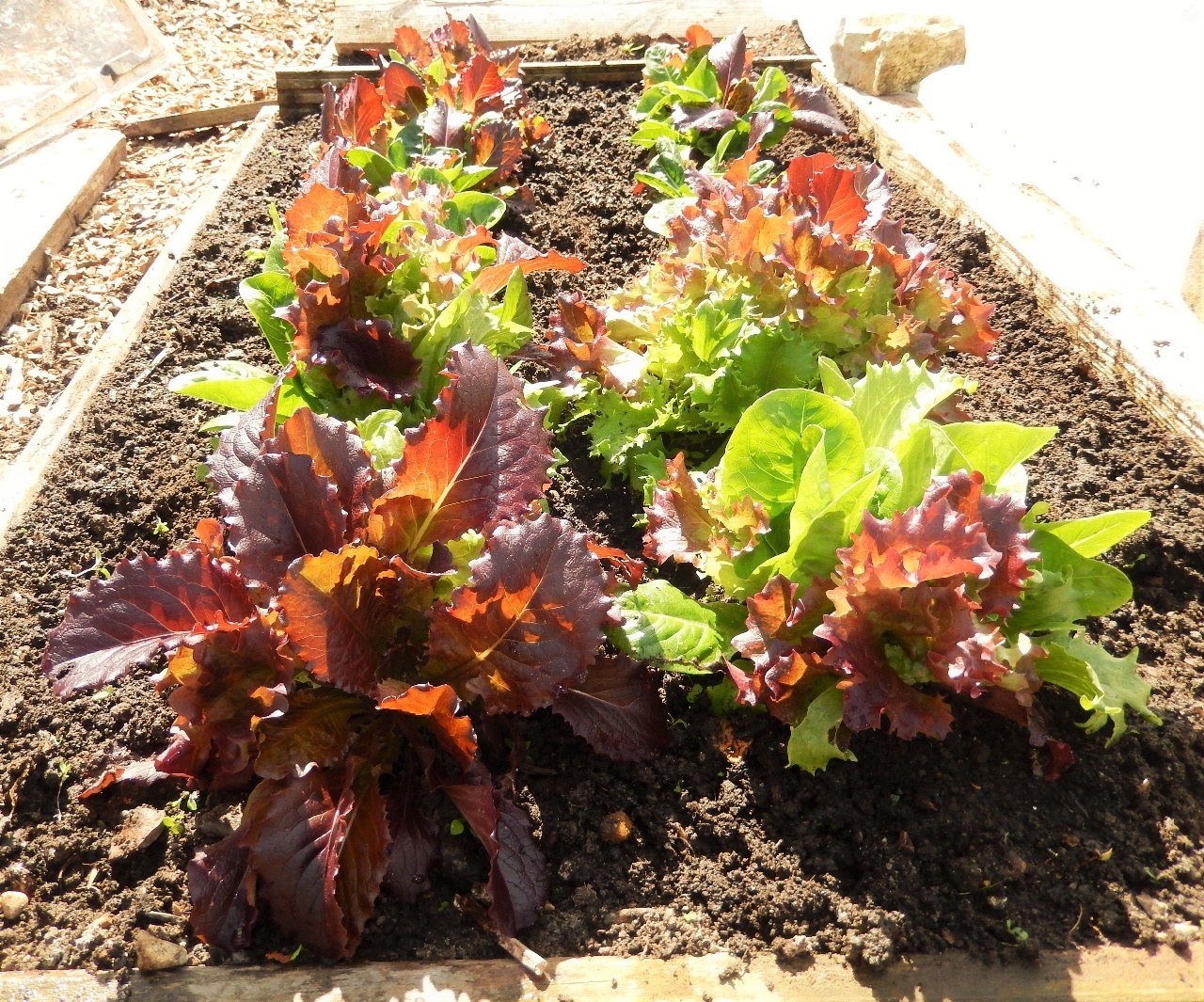

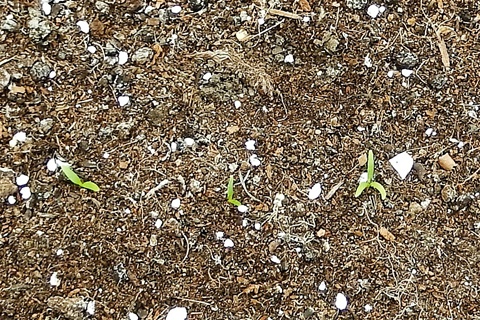
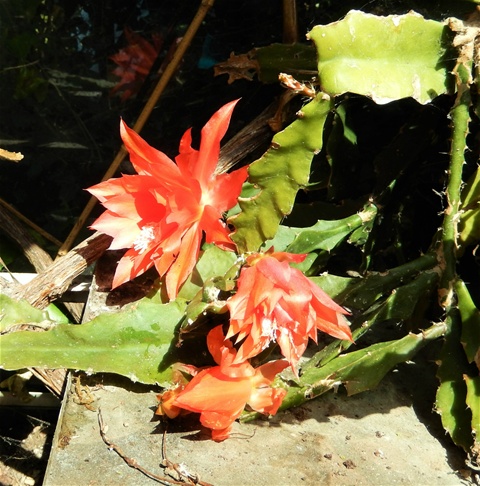

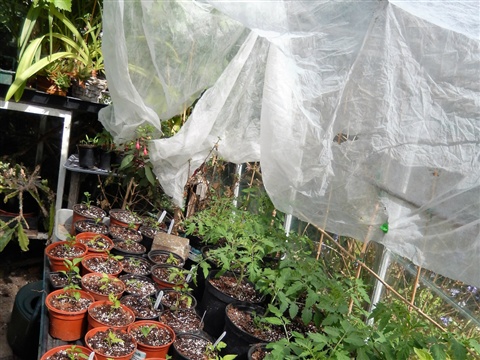
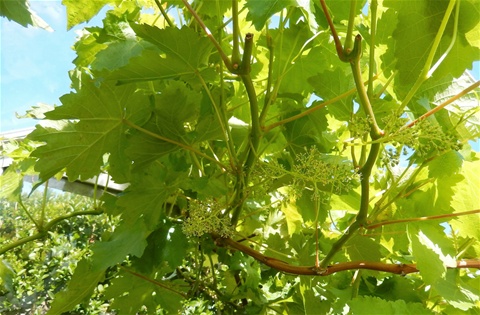

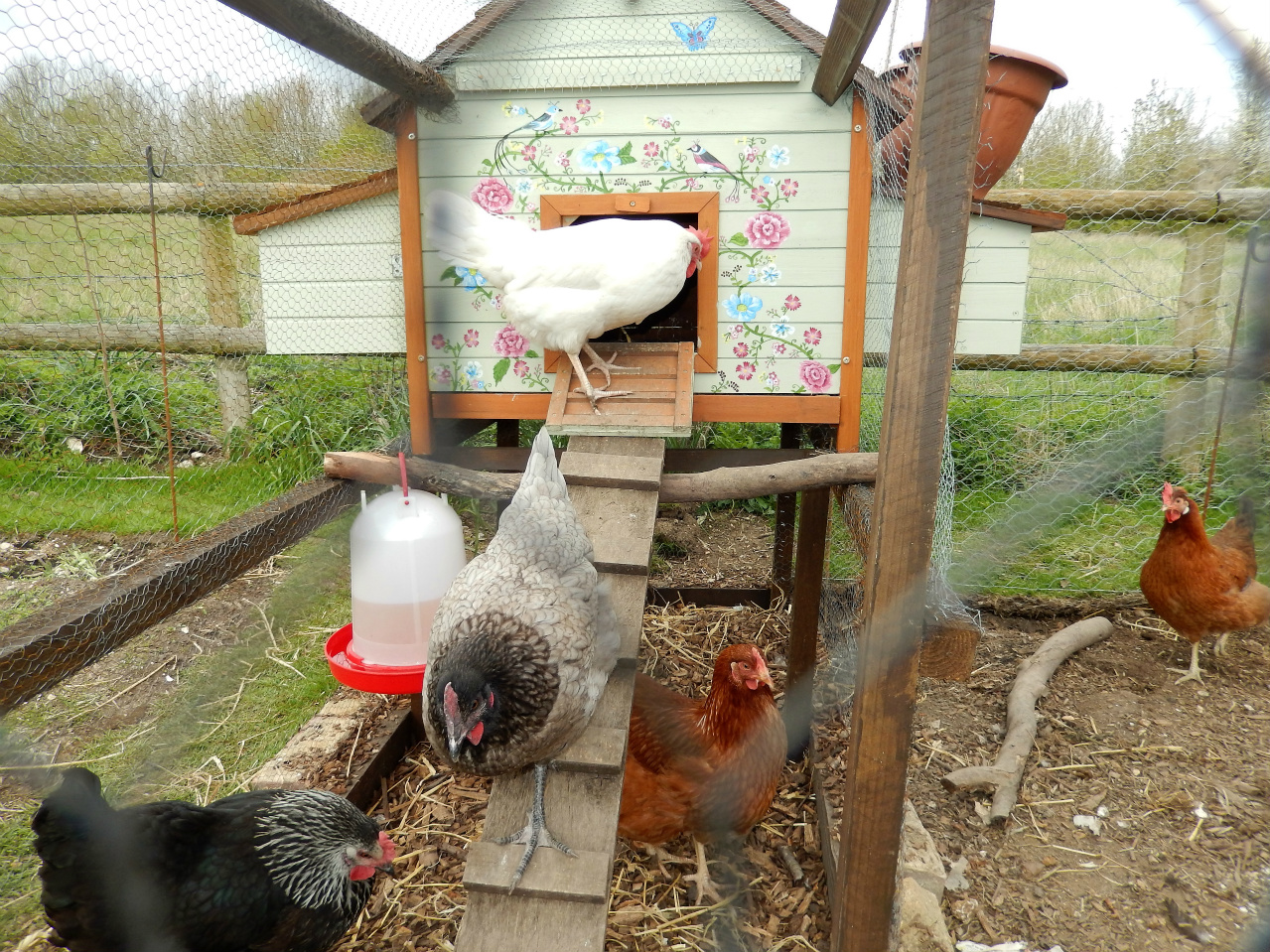
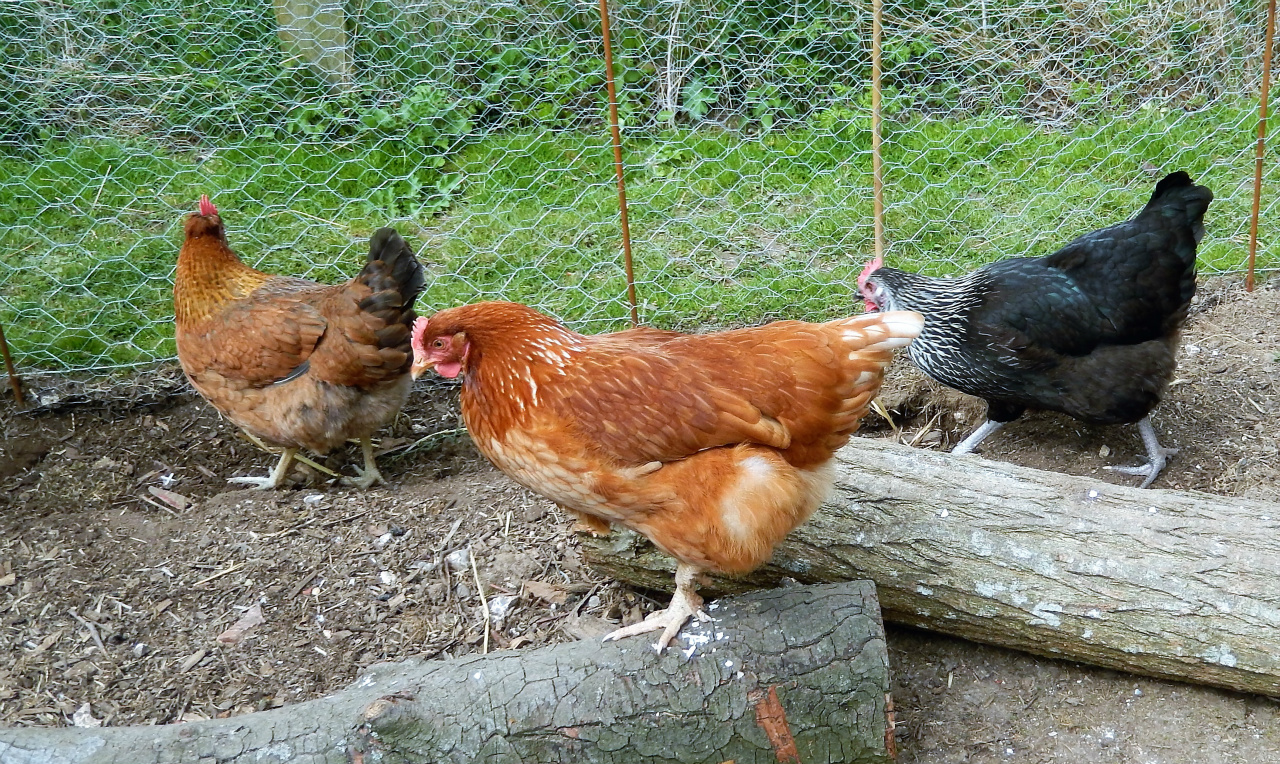
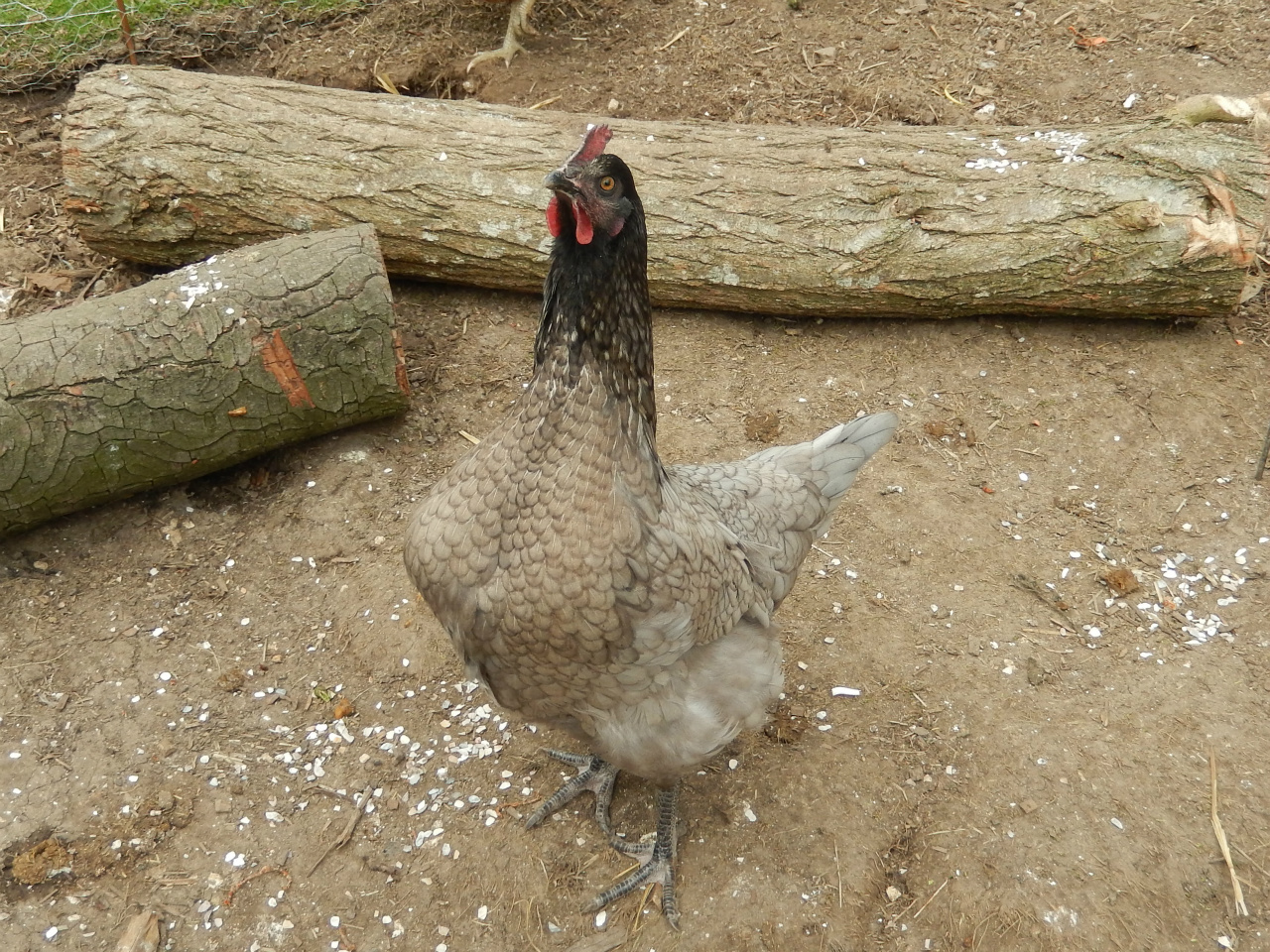



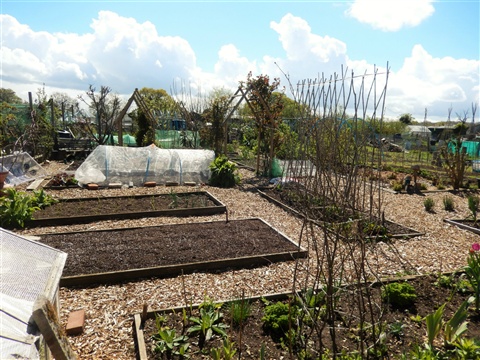
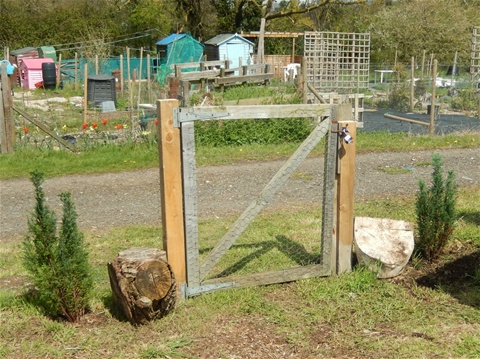


Trillium
Beautiful coloured irises. sigh.
Kathy
Things'll soon catch up, Snowy, so don't worry, and yes, the girls do enjoy spending time with their chooks
Snowdrops
A lovely update Kathy, shows all your hard work. You're so much further on than me.I now feel I need to put a spurt on. Lovely chooks & what fun for the midget gems
Kathy
The sunshine makes everything seem more lush somehow too! Thank you for the tip about kiwanos.. I hope I get some fruit to actually try!
Beryl Randall
Hurray for sunnier days! I keep checking last year's diary to reassure myself we're not already too far behind! I hope the kiwano do well for you - I think I like them best when they are still green.